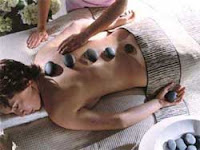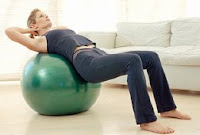Instr Course Lect. 2009; 58: 657-68Daffner SD, Wang JCLumbar spinal stenosis, which affects an ever-increasing number of patients, is best defined as a collection of clinical symptoms that includes low back pain, bilateral lower extremity pain, paresthesias, and other neurologic deficits that occur concomitantly with anatomic narrowing of the neural pathway through the spine. The narrowing may be centrally located in the spinal canal or more laterally in the lateral recesses or neuroforamina. Lumbar spinal stenosis can have a congenital or acquired etiology, and the origin of acquired lumbar stenosis is classified as degenerative, posttraumatic, or iatrogenic. In degenerative lumbar stenosis, the anatomic changes result from a cascade of events that includes intervertebral disk degeneration, facet joint arthrosis, and hypertrophy of the ligamentum flavum. The altered biomechanical characteristics of the spinal segment perpetuate a cycle of degenerative changes, and the resulting stenosis produces radicular pain through a combination of direct mechanical compression of nerve roots, restriction of microvascular circulation and axoplasmic flow, and inflammatory mediators. The initial treatment of lumbar spinal stenosis is nonsurgical. The most effective nonsurgical treatment is a comprehensive combination of oral anti-inflammatory drugs, physical therapy and conditioning, and epidural steroid injections. A significant number of patients improve after nonsurgical treatment, although most studies have found that patients treated surgically have better clinical results. Delaying surgical treatment until after a trial of nonsurgical treatment does not affect the outcome. Surgical intervention should be considered only if a comprehensive program of nonsurgical measures fails to improve the patient's quality of life.



